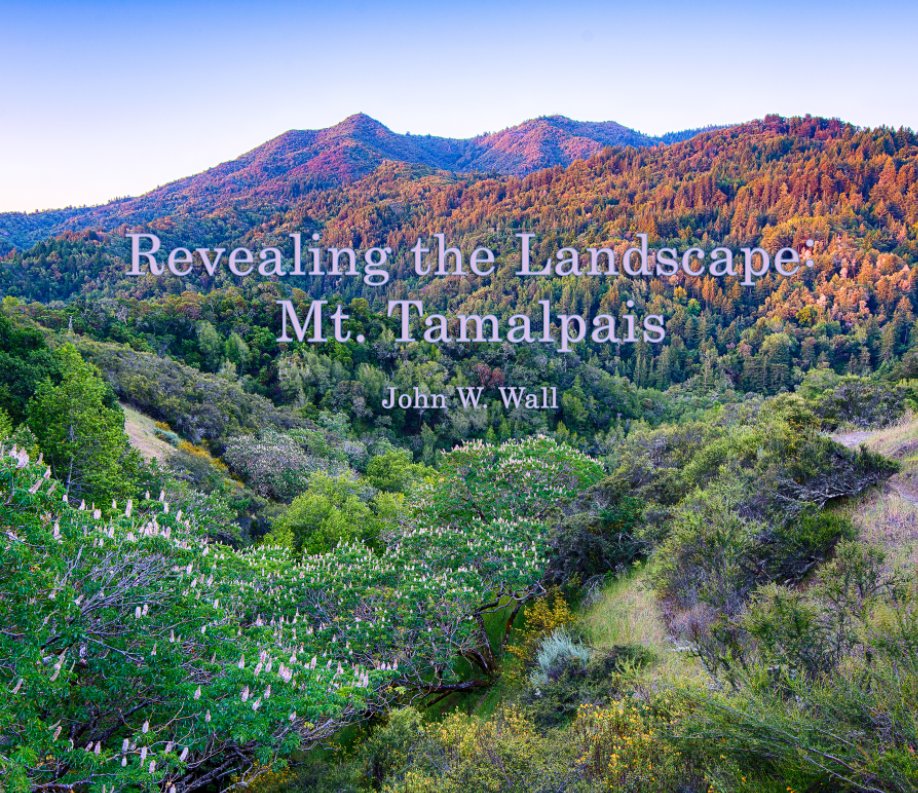I was glad to see on last Friday's visit to Mt. Tam that the Cataract Creek drainage was no longer just a collection of small, still pools separated by long expanses of dry cobble. As I poked around to try to find new locations for a couple of my trail cameras I noticed that the leaves of several kinds of creekside plants that deer like to eat were heavily browsed. Judging by the un-munched sword ferns shown in the picture above, they don't care to eat it, and indeed sword ferns are listed by this nursery as deer resistant plants.
According to the University of Washingon Botanic Gardens, “Sword fern
(Polystichum munitum) growing in the wild is seldom browsed by herbivorous
animals because the rough foliage is fairly repellent. That specific epithet
'munitum' in the scientific name means 'armed.' You may have seen information
about Native Americans roasting the rhizomes and eating them, but this was a
famine food resorted to when other resources were scarce.”
I guess it's possible that deer might also eventually resort to eating these ferns in tough times. On a related note, I was also thinking about my trail cam footage showing raccoons commonly foraging in the same dispersed creekbed pools and wondering how that sustained hunting pressure was affecting the life of whatever small animals live in those pools and hide beneath their rocks. I would think those pools would eventually be hunted out, but thanks to the recent rains, the pools are being replenished and re-connected by a continuous flow of life-bringing water.
There's a popular notion of nature being in balance and harmony, and all that. But it's only in balance and harmony until it isn't, and then the famine comes. Many years ago my sister asked me, because I'd been working for an environmental organization for a few years, what I thought the biggest environmental threat was -- whether air pollution, water pollution, pesticides, habitat destruction, soil loss, industrial fishing and whaling, microplastics and oceanic garbage patches, nuclear waste, illicit trade in rare plants and wildlife, and so on. All of which are grave threats, to be sure, but what trumps them all is climate change.
I recalled a geography class where I learned that Ukraine was Russia's "bread basket." I told my sister that our own bread baskets, here in the United States and around the world, are dependent on a particular climate. They became our bread baskets during a particular regime of temperature, season, and precipitation patterns, and putting that regime at risk could be disastrous in a way that First World people with fresh water on demand and abundant food in every supermarket can't really imagine.
Adaptation isn't always easy either. Even if suitable growing temperatures and rainfall moved north out of a future dried-up mid-western bread basket (not to mention California's fruit and vegetable basket) and the permafrost thawed, melted tundra will not provide the abundant, rich soils required to feed a nation of 327 million Americans (and counting).
* * *









